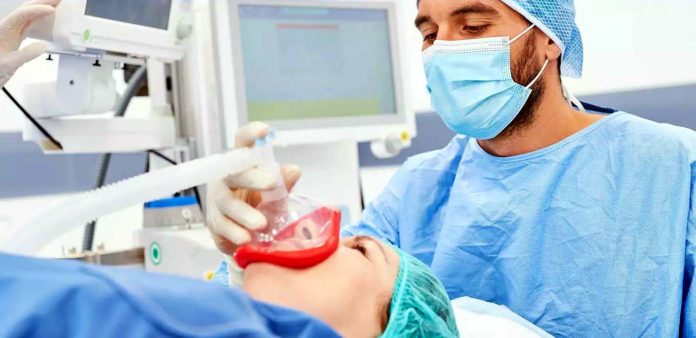Dr Vikas Sharma
Around 2000 years ago, on the banks of the river Ganges in the city of Kashi, now known as Varanasi, lived Shushruta, renowned as the “Father of Surgery.” Remarkably, even in those ancient times, Shushruta understood the critical importance of anesthesia for successful surgical procedures. He employed intoxicants such as wine and henbane (cannabis indica) to induce anesthesia, ensuring patients could undergo surgery with reduced pain and awareness.
Since then, both anesthesia and surgery have advanced immensely, evolving into their contemporary forms. Achieving success in the most complicated surgeries today is heavily reliant on the unequivocal support provided by anesthesia a field offering the utmost comfort and safety to individuals when needed the most.
Anesthesia provides a magical state of ignorance and sleep to patients undergoing the most complex, intricate and high risk surgeries, all while maintaining the highest safety standards. The art and science of anesthesia have evolved over time, alongside surgical practices. This evolution encompasses advancements in equipment, drugs, anesthetic gases, and anesthesia delivery systems, integrating principles of physics to ensure efficient and safe administration.
In many ways, anesthesia is akin to aviation-a field marked by its intricacies and magnificent advancements. Numerous fundamental laws of physics play a crucial role in designing anesthesia delivery systems. For example, principles such as Venturi or Bernoulli’s principle which in turn is also the basic principle on which the Jet Engines work. Similarly Hagen-Poiseuille’s law, Laplace’s law, Boyle’s law, and Graham’s law are all utilized to facilitate the flow of gases from machines to the human body. It is indeed fascinating how physics is harnessed to keep patients pain-free and under hypnosis during surgical procedures, protecting them from varying degrees of trauma.
In the early days, anesthesia machines were basic and lacked sophisticated safety systems. However, over time, these machines have evolved into integrated anesthesia workstations, equipped with numerous safety mechanisms and alarm systems akin to those found in the cockpits of modern jetliners. While to err is human and anesthesiologists are not immune to making mistakes, contemporary anesthesia machines’ alarms and safety systems provide vital alerts, prompting immediate action to ensure patient safety.
Modern workstations integrate comprehensive monitoring systems, including vital signs, depth of anesthesia, gas delivery and concentration, and drug delivery systems. This integration has significantly reduced anesthesia-related complications, morbidity, and mortality. With the advanced anesthesia workstations available today, the possibility of errors has become remote, as these systems offer multiple warnings to prevent mishaps.
The parallels between anesthesia and aviation extend to their commitment to safety and error reduction. Both fields strive for a zero-error policy, recognizing that any mistake can have potentially life-threatening consequences. The modern goal of anesthesia is to achieve zero errors in the interest of patient safety, comparable to the aviation industry’s rigorous standards.
The journey through general anesthesia can be likened to a trip in an airplane. The pre-flight engineering checkup of an airplane mirrors the pre-anesthesia checkup, identifying potential risks beforehand. Taxiing towards the runway is comparable to preoxygenation just before inducing anesthesia. The induction of anesthesia is as sensitive and vital as the takeoff of an airplane.
Maintaining anesthesia is similar to controlling flight operations while cruising at an altitude. Finally, awakening from anesthesia and the subsequent observation and monitoring phase can be compared to landing and taxiing back to the aerobridge. In conclusion, the fields of anesthesia and aviation, through their evolution and reliance on scientific principles and advanced technology, highlight the profound commitment to safety, precision, and the well-being of individuals. Both domains demonstrate the remarkable progress humanity has made in ensuring comfort and safety in critical and high-stakes environments.


